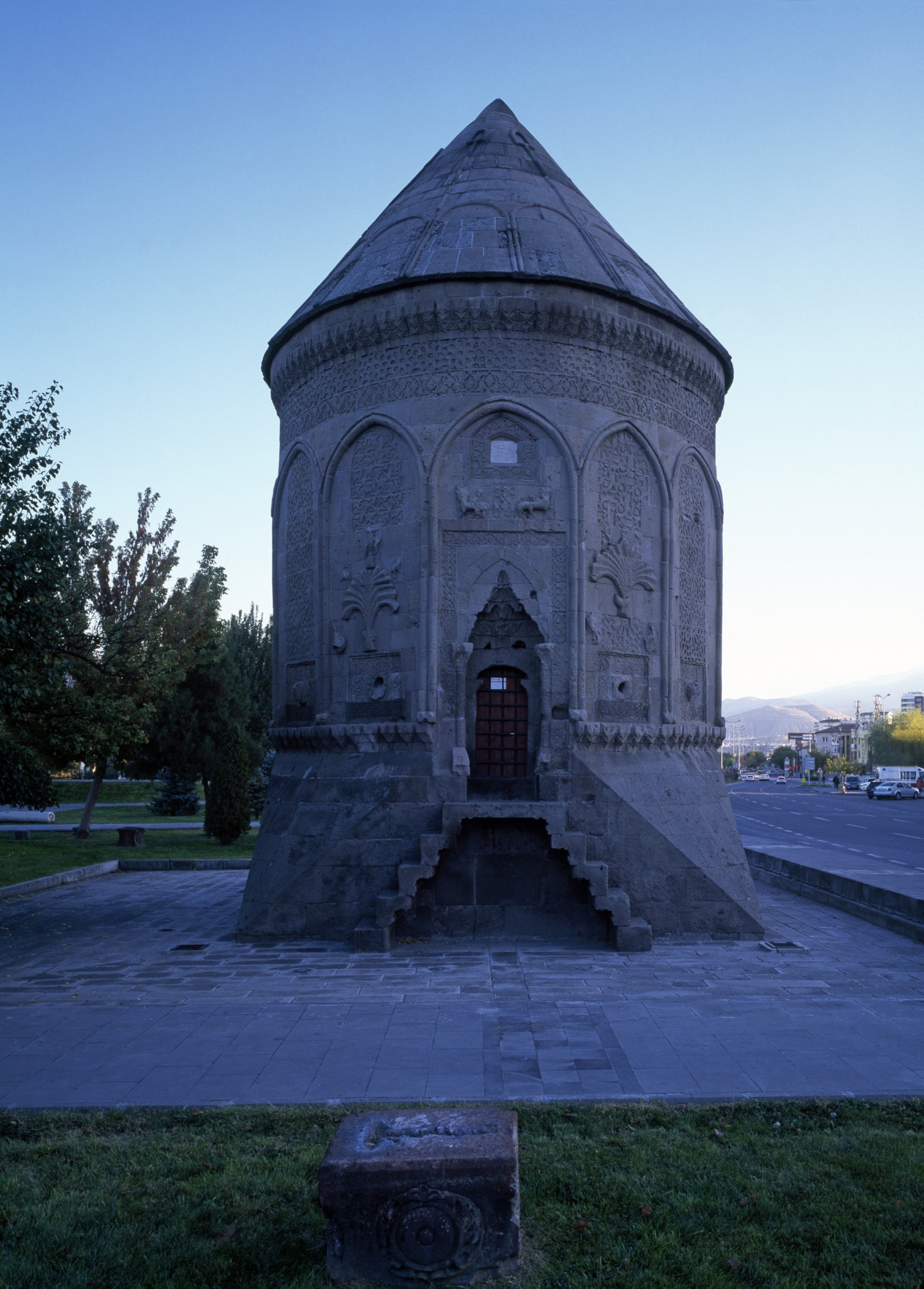This is the story of Kayseri, a city with a splendid past and glorious present. Kayseri’s centuries-old churches, mosques, monuments, markets and its modern shopping malls, restaurants and hotels make it a full package must-visit city.
Although our Gaziantep adventure lasted for two days, it left ever-lasting cherished memories for years to come. Certainly, it was emotional to say goodbye to the wonderful Syrian family at our last stop, but life must continue like water in a stream.
The luxury coach’s hospitable staff kept serving onboard passengers with cold water, Turkish tea, coffee and snacks for children. The journey from Gaziantep to Kayseri is truly an adventurous route for those who admire nature and fancy story-like journeys. Amazingly, the gaudy route to Kayseri comprises mountain sand trees, vast fields filled with summer crops, long tunnels, steep peaks, forest belts and crystal-clear rivers making their way through thin-deep valleys.
On a cloudy Sunday evening, we arrived at Kayseri’s bus station, almost like Gaziantep, but Kayseri has a tram service besides reasonably metered taxis and public buses.
The route to the inner-city Kayseri was pretty city-ish, one can spot towers of buildings, petrol stations, hotels, cafes, minimarkets and mosques alongside the highway to the old city.
The taxi stopped at the entrance of a reasonably priced hotel located on a small quiet and dark street.
Inspecting monuments
At the Talaslioglu hotel reception desk, Mustafa Karli, a middle-aged warm man with monolid eyes, welcomed us. Karli reminded me of my ancestral physical character with monolid and hooded eyes, muscular build and hospitable people. To establish an instant connection, demographic characters play an important role.
At that moment, to perform Isha (late evening prayer), I inquired about any nearest mosque. Surprisingly, the hotel was located next to a historical boulevard and former old city walls and consisted of several iconic monuments, mosques, a bazaar (market), a castle and Turkish hammams (baths).
These centuries-old iconic buildings, especially the mosques, bazaar and the church library serve their primitive purpose of existence, serving the public.
The elegant Kayseri mosques embrace the Danishmendids, Seljuk and Ottoman eras’ splendid structures and architects.
Ulu Mosque, also known as Cami-i-Kebir or Sultan Cami, was built by Melik Mehmat Gazi, the governor of Kayseri during the Danishmendid period, in the year 530 of the Hijri calendar (A.D. 1135).
The mosque’s elegant architecture is a living piece of splendid art that has merged Roman, Byzantine and Islamic constructions.
A noticeable common characteristic of Kayseri’s ancient mosques are adjacent burial chambers of the creators; in this case, Ulu Mosque lodges Melik Mehmat Gazi.
The huge cut-back stones, substantial erected columns, accurately measured and sophisticated walls, courtyards and wooden works of mosques, tombs and castles tell the story of the glorious past and the power of their originators.
It’s hard to escape the stunning beauty of the Mahperi Huand Hatun complex that comprises a hammam, mosque, madrassa and mausoleum built by fine-cut black stone by the orders of Queen Mahperi Hatun, or Khatun, wife of famous Seljuk Sultan Keykubad I during 1220-1237.
The most notable feature of the Seljuk era was the authoritative roles of the sultan’s mothers, wives and daughters whose “piety, patronage” and extraordinary leverage left remarkable marks on the landscape of Seljuk dynasty geographical areas. All these historic monuments show real tales of Seljuk’s respect and love for their women.
These Seljuk traditions can be observed in Turkic tribes, including the Karluks, who resided in the north of Pakistan, along the Himalayas, and in the Khyber Pakhtunkhwa (KPK) province.
Around 3 kilometers (around 2 miles) from the old city of Kayseri, a monumental classical Byzantine period church, now a library, stands out with its magnificent design, colorful glass works, pillars and huge crafted stone floor.
The power, passion and prestige of royals are apparent in colossal tombs, castles, mosques, bazaars, fountains and hammams. That’s a manifest and prominent feature of archaic Kayseri.
Walking through the 800-year-old, covered “grand bazaar,” alleys and shops display a sense of elegance and style. Next, the towering and dense castle walls are living sketches of the brilliance and power shown in the famous Turkish historical drama series, “Resurrection Ertugrul.” Throughout, I enjoyed the accompaniment of a local Turkman who volunteered to be a guide.
Trip to Kayseri’s industrial zone
The industrial zone is on the outskirts of Kayseri’s busiest city life. In Kayseri, Mustafa Karli extended exemplary hospitality and volunteered to be a tour guide to the industrial zone. Kayseri is known for its furniture manufacturing, especially if you admire the blend of traditional style with modern attire. The industrial zone is incredibly clean, well-managed and approachable. Surrounded by mountains, wide roads, famous brands and adjacent modern housing schemes, it is an ideal place for businesspeople to reside.
First, we stopped at the Armis Yatak bed factory, where Abdulkadir Sahin and Hakan Bulut showed their manufacturing units. The factory produces numerous varieties of beds with impressive designs and multipurpose water and fireproof fabrics that are also pet-friendly. Later, the same day, we visited MC Innovation Furniture Ltd. operated by Mehmet Cakici & Brothers, producers of the finest quality sofas.

On our way back to Kayseri, Mustafa recommended Elmacioglu Iskender restaurant and recommended their signature dish, Iskender kebab, yağlama and okra soup with the traditional yogurt drink, ayran.
Adjacent to Iskender restaurant, Mustafa’s friend invited us to his dried meat (pastirmaci) shop Tarihi Kent. The Kayseri bazaar offers a wide-ranging variety of spices, dry fruits, olive oils and food.
Kayari’s prehistoric past and its contemporary majestic structures deserve at least a full week of exploration. Unfortunately, we had only two days to probe into investment opportunities and catch up with a few Turk businesspeople.
At the airport, I saw a considerable number of Japanese tourists and learned we had missed exploring the jewel of Kayseri, Soganli Valley.
Sure, we will be back soon!
